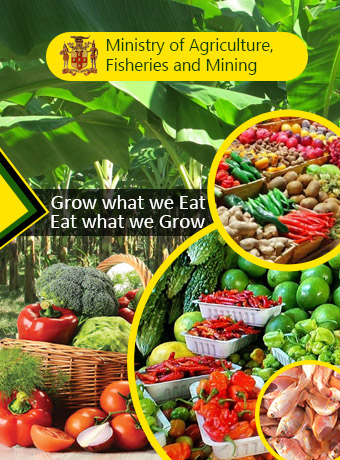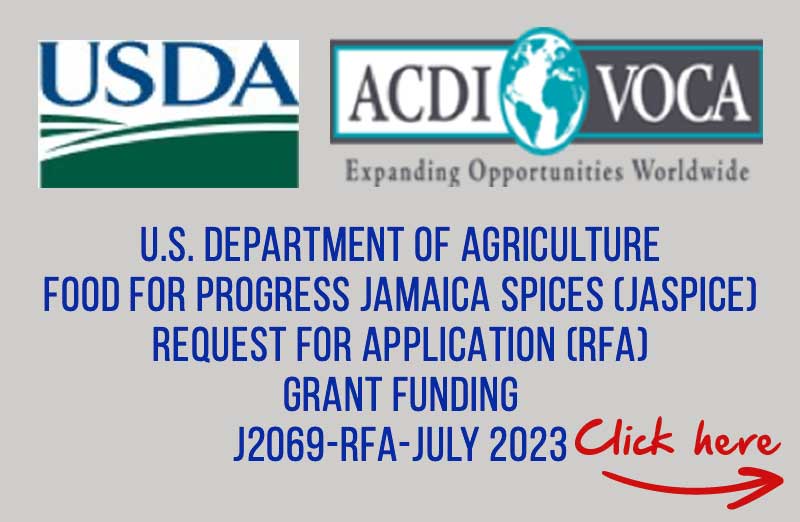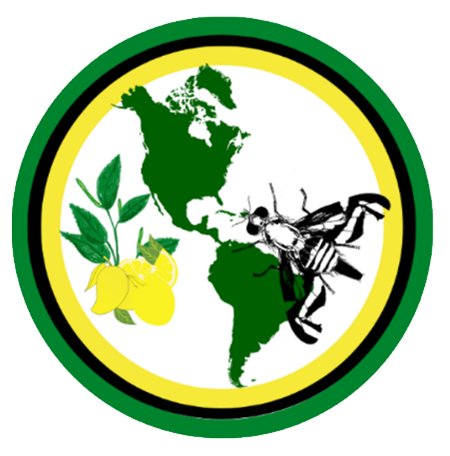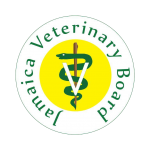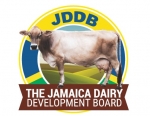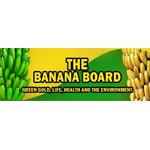Import Pest Risk Analyses
The likelihood and levels of risk for pest invasion is at the crux of the systematic analyses undertaken in the Unit. The process may be initiated by:
- The identification of new pathways either by:
- a commodity that was not previously imported or
- possible request for a known product from a different importing country;
- Pest outbreaks prompting an emergency situation;
- Phytosanitary requirements are being reviewed by the importing and/or exporting countries; and
- Requests to introduce a foreign organism.

Analysis of potential pest risks is a technical and lengthy procedure. It involves consultation with plant health agencies from the exporting country to obtain information on quarantine pests associated with the commodity, as well as the relevant processes and production methods in place to mitigate the impact of these pests. The investigation extends to ascertaining the pest category, the probability of introduction, and the potential economic consequence if infestation occurs.
Based on the analysis of available scientific evidence, the quarantine pests associated with a plant product will be assigned a risk rating (low/medium/high) due to its perceived biological and economic consequences. The lower the rating is the greater the eligibility of the commodity for entry will be. However, unavailability of sufficient scientific evidence may result in an emergency action to mitigate the risk of pest incursion. These temporary emergency notifications are guided by the WTO SPS Agreements and can only be extended upon scientific justification that the risks involved exceed Jamaica’s appropriate level of protection.
Upon the verification of the importing commodities’ phytosanitary status, the Pest Risk Analysis Unit gives advice to the Plant Quarantine Unit, the final authority, as to the restrictive measures, if any, to be taken to permit the entry of these goods. The exporting country and importer may be prescribed measures through which the product may be imported. Available phytosanitary measures include: obtaining an import permit, fumigation of commodity with an approved fumigant, special management/certification programmes as well as declarations of pest-free areas or pest free areas of production.
Commodities, meeting phytosanitary requirements, will nonetheless be physically examined at the ports of entry. If the consignments are determined to be pest carriers it will be denied entry and confiscated by the Plant Quarantine/Produce Inspection teams.
For more details contact:
Pest Risk Analysis Unit
Plant Quarantine/Produce Inspection Branch
Ministry of Agriculture & Fisheries
193 Old Hope Road, Hope Gardens, St. Andrew
Phone: 1876-977-7160
Fax: 1876-977-7160
E-mail: ppq@micaf.gov.jm
